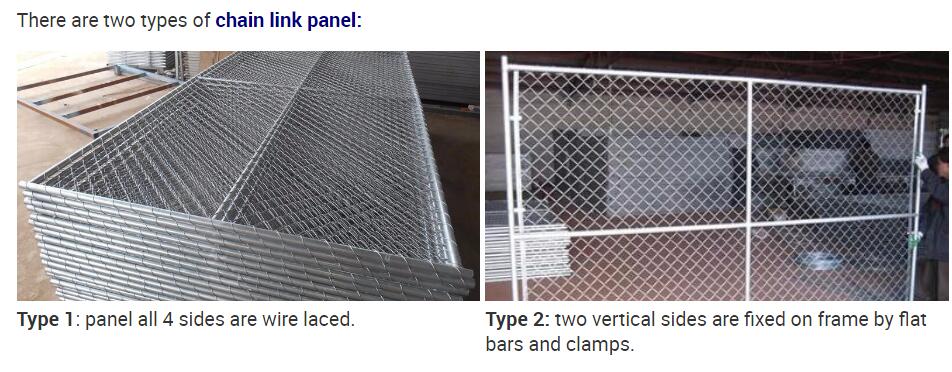"China Building Materials Network" 1885, German engineer Carl. Karl.Benz developed the world's first gasoline-powered three-wheeled diesel locomotive, which was born and developed rapidly. However, in the night or in the area with insufficient lighting, there must be lighting fixtures, which led to the first car headlights in the 1880s, and the first in 1912. Electrical headlights. Early car headlights used tungsten incandescent lamps, and dim lights were only suitable for slower cars. Under the situation of increasing number of vehicles and increasing speed, automobile headlights have developed into tungsten halogen headlamps with high brightness, high-intensity gas discharge headlights, and low beam, high beam and front fog lamps. Wait for multiple lights. At the same time, the lighting is only enough before the prospects, but also need to look around and avoid the worries, resulting in a series of lights such as brake lights, turn signals, rear fog lights, in order to avoid the collision of night driving or cornering when turning A key role. As an indispensable safety component for car driving, the role of automotive luminaires in the active safety of cars is crucial. According to statistics, traffic accidents that occur at night or under natural light account for 25 of the total accidents, and 50 casualties occurred at night. In more than 100 ECE regulations, there are nearly 40 regulations related to headlights. Among the more than 70 mandatory inspections of China's current automotive products, nearly 25 projects related to vehicle lights. Therefore, in order to improve driving safety, more and more new technologies are gradually applied to automotive lamps, such as fiber optic transmission technology for side turn signals, AFS technology for headlamps. Of course, this also includes the application of Light Emitting Diode (LED) in automotive lighting, especially in automotive headlamps. In recent years, in the design of automobiles, LED lamps have been used more and more, which adds a modern sense to the appearance of automobiles, and is also familiar to more people, and leads the trend and direction of the development of today's automotive lamps. 2LED technology in automotive lighting applications LED is an electroluminescent light source, which is a semiconductor device that directly converts electricity into light energy. The principle of LED illumination is that a forward voltage is applied across the pn junction, and holes in the p region will flow to the n region; electrons in the n region will flow to the p region. As the electron-hole pair recombine releases energy, some of the energy is converted to heat and the other part is converted to light. This new generation of solid-state cold light source was introduced in the 1960s, and it was initially applied in signal indications such as instrumentation and telecommunications. It formed the early application market of LED, but it could not be solved due to its performance indicators such as light intensity and light attenuation. Widely used in automotive lighting. With the advent of high-brightness light-emitting diode technology in the late 1980s, the application of LEDs in exterior lighting signals became possible. The typical landmark event is: In 1988, Nissan first used 72 AlGaAs red high-brightness LEDs produced by STANLEY on the 280Z car as the high-position brake light for automobiles. Since then, LED has officially entered the automotive lighting market. In the 1990s, LED material development continued to evolve. Toshiba and Hewlett-Packard jointly developed a four-element high-brightness LED made of InGaAlP in 1991. In terms of technology and mass production, it is used for automotive lamps. The LEDization of the light source paves the way. In the first century, LED technology has advanced by leaps and bounds, and gradually replaced traditional light sources such as incandescent lamps and vacuum fluorescent lamps, which have been widely used in automotive interior lighting, operating switches, ceiling lights, reading lights, door lock lights and other interior lighting. In addition, the advantages of LED reliability, long service life, high color purity, fast response, small size and easy design have been highlighted, and it has become more and more popular in automotive exterior lighting. Especially in recent years, LED lights have been widely used in turn signal lights, brake lights, position lights, reversing lights, fog lights, license plate lights and other lamps, has become the new favorite of the car trend. At present, more than 80 European and Japanese cars are equipped with LED high-position brake lights. Several major car manufacturers in the market have also launched new cars with LED as the light source, such as Japanese, Toyota, Mitsubishi, Honda, Nissan and other manufacturers of Teana, Crown, Reiz, American General Motors' Cadillac, Buick, and Germany. The Mercedes-Benz, BMW, AUDI, etc. of the car factory have adopted LED taillights, and gradually formed the industrialization of LED automotive lamps. With the development of LED module technology, high-brightness output LED modules have also been successfully launched. For example, the white LuxeonLED module developed by Lumileds and the OSTAR white LED module of OSRAM make the application of LED on the headlights of the car possible, and lead a new generation. The trend of headlamp technology. However, due to the high cost limit, current LED headlamps are mainly used in high-end luxury vehicles. In 2004, the AudiA86.0L luxury car used Lumileds' six white LuxeonLEDs for the first time as daytime running lights. In 2007, Toyota Motor Corporation introduced the Lexus top hybrids LS600h and LS600hL, making it the world's first production car with all-white NichiaLED headlamps.
Chain Link Temporary Fence panel is also known as American temporary fence, temporary chain link fence, portable fence, no dig fence,temp fencing and mobile fence.It is consist of chain link panel, round tube frame, steel feet, optional stays and clamps.This kind of fence has a superior structure, mobility and environmental suitability is very good.

Chain Link Fence,Temporary Chain Link Fence,Chain Link Fabric Mesh,Chain Link Mesh Fence
Hebei Yicheng Wire Mesh Products Co., Ltd , https://www.yc-fence.com